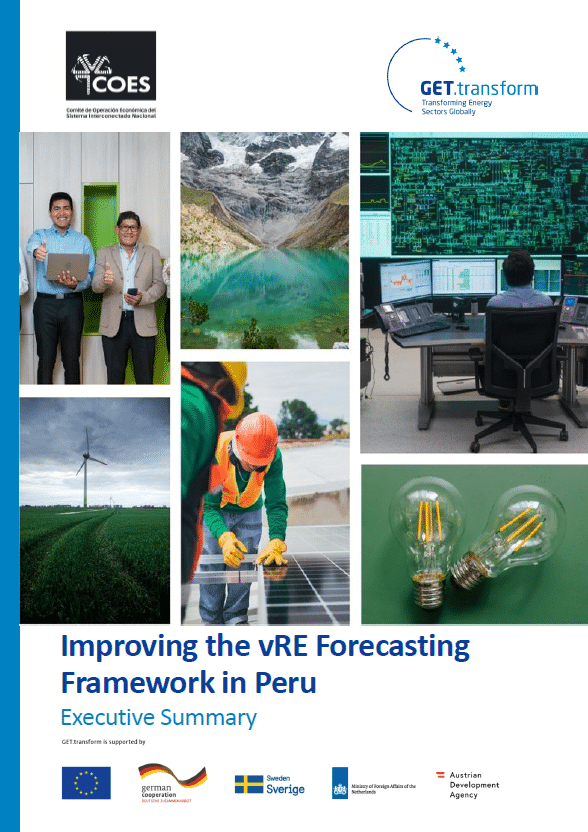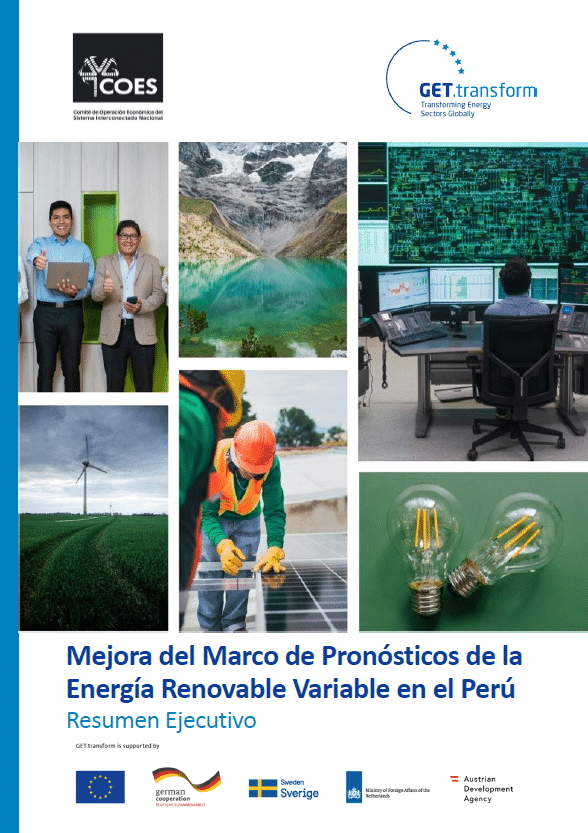Recognising the challenges posed by weather-dependent renewable production, Peru’s power system operator, COES (Comité de Operación Económica del Sistema Interconectado Nacional), joined forces with GET.transform to enhance the country’s forecasting system for variable renewable electricity injection.
The resulting study, authored by the forecasting experts energy&meteo, outlines key strategies to achieve higher renewable energy participation, aligning with Peru’s national goals for a sustainable energy future.
In the wake of Peru’s remarkable economic growth over the past decade, the surge in electricity demand has catapulted the nation’s power system to the sixth-largest in Latin America. With a substantial increase in power plant capacity, driven primarily by gas-fired and hydroelectric facilities, Peru has witnessed a remarkable 9% average growth in installed capacity from 2011 to 2018, marking the highest rate in the region.
Eager to embrace sustainable energy practices, Peru has successfully integrated large-scale wind and solar power plants into its transmission grid, surpassing the initial target of a 5% share for non-conventional renewables. Fueled by a soaring electricity demand and the immense potential for solar and wind power, particularly in the coastal areas, Peru anticipates a further surge in renewable energy participation.
The joint COES and GET.transform research aims to optimise operational processes, ensuring the efficient integration of fluctuating solar and wind power while maintaining grid stability.
Key recommendations are compiled in an executive summary which is available for download in English and Spanish.




